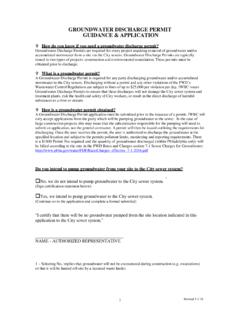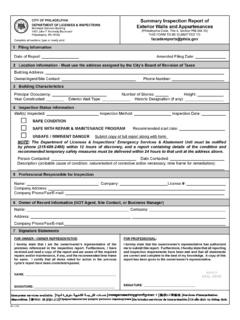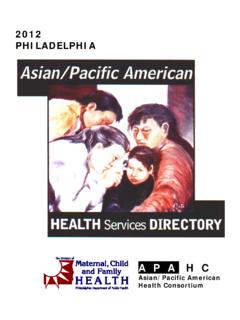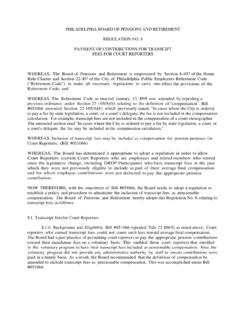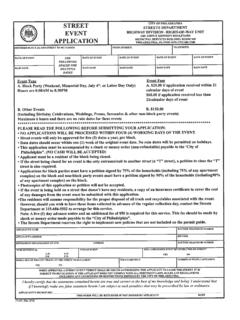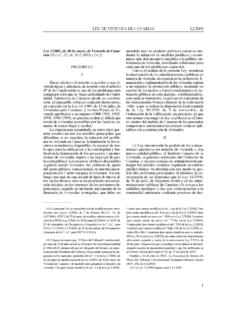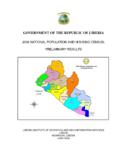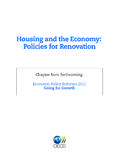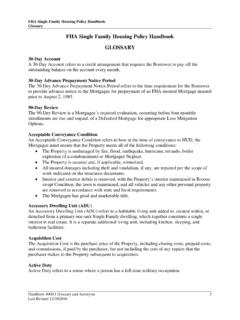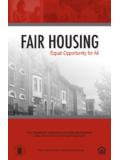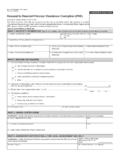Transcription of The City of Philadelphia
1 The City of Philadelphia P M (SU 4, THE BUILDING CONSTRUCTION AND OCCUPANCY code OF THE CITY OFPHILADELPHIA) ROPERTYAINTENANCECODE 2004 SECOND PRINTING BCODE PM OF TITLE CONFORMING TO THE PENNSYLVANIA UNIFORM CONSTRUCTION code (ACT 45 OF 1999) [THIS PAGE IS INTENTIONALLY BLANK] HISTORY This document contains the ordinance and regulations that together form the Philadelphia Property maintenance code . It is incorporated as Subcode PM of the Philadelphia Building Construction and Occupancy code (BCOC), which comprises Title 4 of The Philadelphia code .
2 The code is printed here in its entirety. The first edition of the Philadelphia Property maintenance code was developed as part of a major reformatting and update effort in 1997. Beginning with the first edition, the Property maintenance code incorporates the former Philadelphia Housing code provisions related to residential properties, provisions for the maintenance of non-residential properties, and provisions related to vacant, unsafe and dangerous properties that were formally found in several codes.
3 The code should be regarded as a property conservation code , since it addresses the needs of an older metropolitan city that is experiencing relocation of residents and businesses and re-growth of neglected areas. The code promotes renewed confidence in the commercial and residential neighborhoods. This second edition is the result of several efforts. Significant changes were included to reflect legislative activity in the several years since the first edition.
4 While the Philadelphia Property maintenance code does not adopt a model code , it is designed to coordinate with the adoption of a number of the International code Council s family of International codes. These codes were adopted, with State of Pennsylvania and City of Philadelphia modifications, as part of the ongoing effort to serve the citizens of Philadelphia with the latest technology and methodology for the safety, health and welfare of people in the built environment.
5 Also, a number of International codes are adopted as a significant part of the City s actions to adopt the Pennsylvania Uniform Construction code . Finally, some modifications resulted from lessons learned during several years of application of the first edition of the code . This second printing of the second edition includes amendments in ordinances and regulations made since the first printing. The Property maintenance subcode is founded on principles intended to establish provisions that: adequately protect public health, safety and welfare; do not unnecessarily increase construction costs; do not restrict the use of new materials, products or methods of construction; and do not give preferential treatment to particular types or classes of materials, products or methods of construction.
6 The safeguards are accomplished in large measure by specific provisions to maintain features that are required by one or more of the family of codes. In certain cases, the Property maintenance code may require retrofit of basic features to provide a minimum level of safety, welfare and health in those structures built prior to the establishment of such provisions in the other codes. Most administrative provisions are deferred to the Philadelphia Administrative code , which is a single regulatory document that incorporates ordinances and regulations to administer the eleven technical subcodes in the BCOC.
7 The Administrative subcode is a necessary companion to the Property maintenance subcode in order to properly use and apply it. Effective January 1, 2004 Printed in the United States of America First edition: June, 1997 Second edition first printing: January, 2004 Second edition second printing: January, 2007 2004 Philadelphia PROPERTY maintenance code PM-I (Second printing January, 2007) NOTE TO READERS OF THE Philadelphia PROPERTY maintenance code The Property maintenance code does not adopt any copyrighted model code language and therefore is printed here in its entirety.
8 A number of features are incorporated into the Philadelphia Property maintenance code for the convenience of the user. Definitions of terms are located alphabetically within Chapter 2. An indenting feature is used in tandem with the code s decimal-based section numbering system to clearly indicate the hierarchy of each subsection. The numbering system enables the code user to know immediately the section to which a subsection is subordinate, since each subsection begins with the main section number, which is keyed to the chapter number.
9 Official regulations are printed within the section or subsection under which they were promulgated. This location style provides code users with a single source for all requirements pertaining to a topic. Regulations are printed with the designation (R) behind the section number to distinguish them from ordinance text. Changes made in the Philadelphia Property maintenance code since the first printing of the 2004 edition are indicated by endnotes and the reason for the change is provided in the Endnote listing at the back of this publication.
10 Values that are stated in the customary units of measurement are to be regarded as the code requirements. The metric equivalents of customary units may be approximate. Nominal sizes included in the code indicate the common designation of materials by that industry and metric equivalents are not indicated. In this document, all section numbers contain the prefix PM- before the designated numerical section number and all page numbers contain the prefix PM.
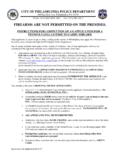
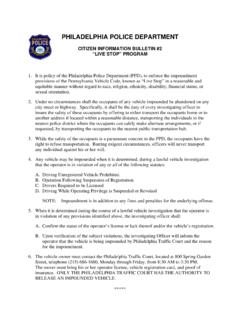
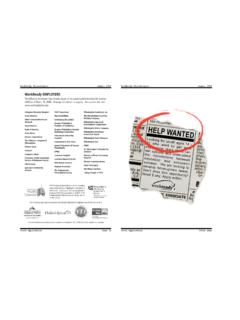
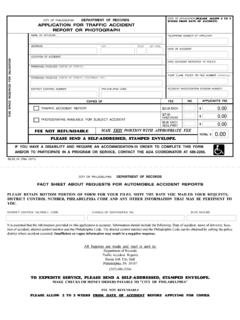
![[PSA] Philly: Classaction lawsuit brings changes in …](/cache/preview/1/4/c/8/8/d/5/c/thumb-14c88d5c5b2f1fee5e561fc7daceb397.jpg)
